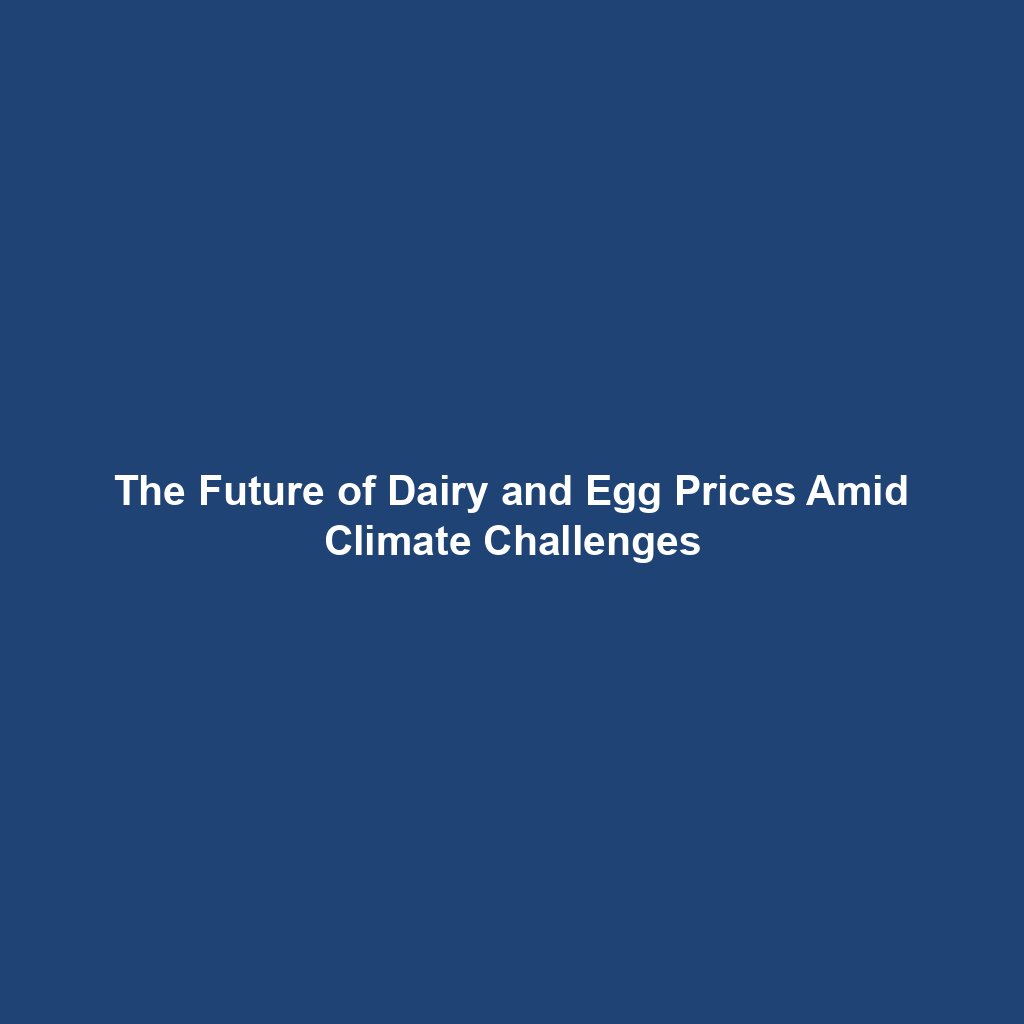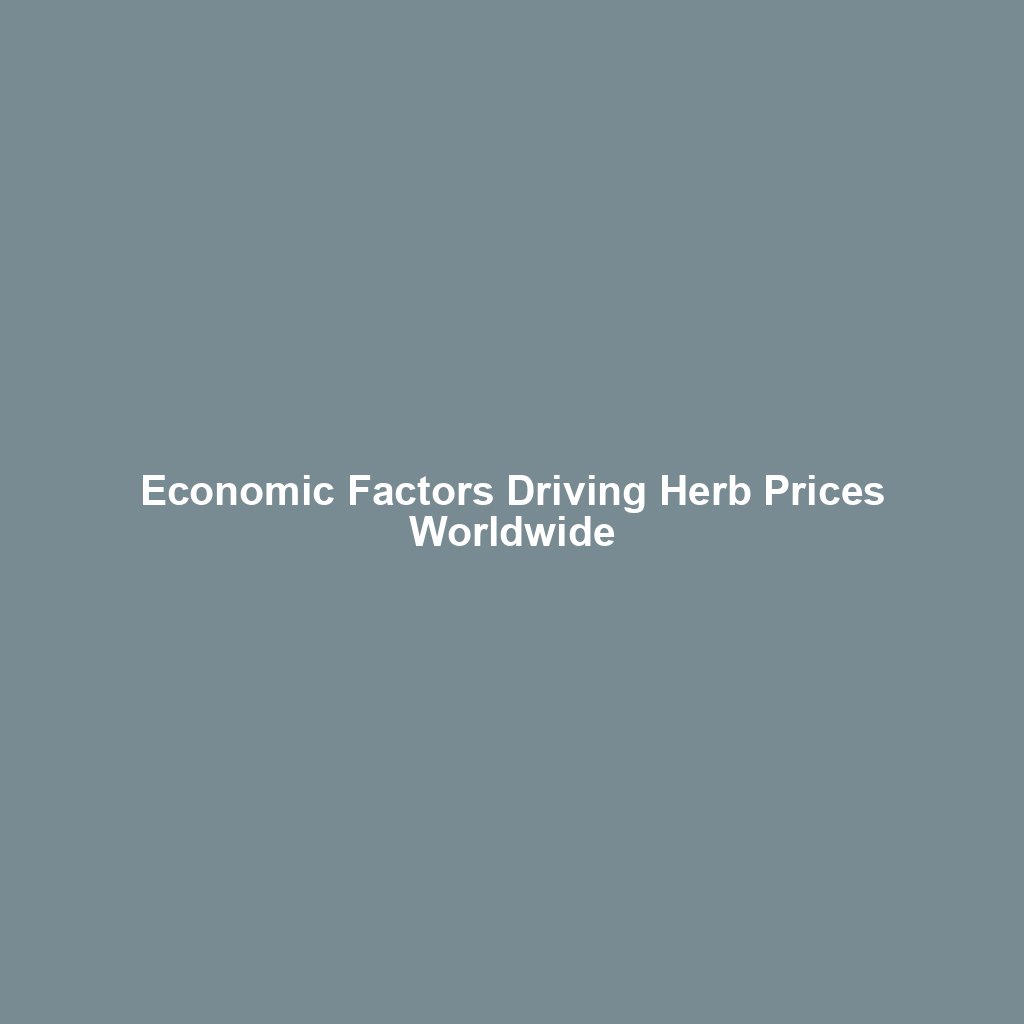
Introduction
Agriculture and agricultural price analysis are critical components of the global economy, influencing food security, trade, and the livelihoods of millions of people. As the world faces unprecedented challenges such as climate change, population growth, and economic volatility, understanding the dynamics of agricultural markets becomes increasingly important. This article delves into the intricacies of agriculture and agricultural price analysis, exploring the factors that drive price fluctuations and the methodologies used to predict and manage these changes.
Chapter 1: The Fundamentals of Agriculture
The Role of Agriculture in the Global Economy
Agriculture is the backbone of many economies, providing food, raw materials, and employment to a significant portion of the global population. It encompasses a wide range of activities, from crop cultivation and livestock farming to aquaculture and forestry. The sector is not only vital for food security but also plays a crucial role in trade, with agricultural products being some of the most traded commodities worldwide.
Types of Agricultural Systems
Agricultural systems vary widely depending on geographical, climatic, and socio-economic factors. Some of the main types include:
- Subsistence Agriculture: This type of farming is primarily aimed at meeting the needs of the farmer’s family, with little surplus for trade. It is common in developing countries and often involves traditional methods and low levels of technology.
- Commercial Agriculture: In contrast to subsistence farming, commercial agriculture focuses on producing crops and livestock for sale in the market. It is characterized by higher levels of mechanization, specialization, and investment.
- Industrial Agriculture: This is a highly intensive form of commercial agriculture that relies on advanced technologies, large-scale operations, and significant capital investment. It is prevalent in developed countries and is associated with high productivity and efficiency.
- Organic Agriculture: Organic farming emphasizes sustainable practices, avoiding synthetic chemicals and genetically modified organisms (GMOs). It aims to produce food in an environmentally friendly and socially responsible manner.
Key Agricultural Commodities
Agricultural commodities can be broadly categorized into crops and livestock. Some of the most important crops include cereals (such as wheat, rice, and maize), oilseeds (such as soybeans and sunflower), and cash crops (such as coffee, cotton, and sugarcane). Livestock farming involves the rearing of animals such as cattle, pigs, poultry, and sheep for meat, dairy, and other products.
Chapter 2: Agricultural Price Analysis
Factors Influencing Agricultural Prices
Agricultural prices are influenced by a complex interplay of factors, including:
- Supply and Demand: The fundamental economic principle of supply and demand plays a crucial role in determining agricultural prices. Factors such as weather conditions, crop yields, and livestock production can affect supply, while population growth, income levels, and dietary preferences influence demand.
- Climate Change: Climate change poses significant risks to agriculture, affecting crop yields, water availability, and the prevalence of pests and diseases. Extreme weather events such as droughts, floods, and hurricanes can disrupt production and lead to price volatility.
- Government Policies: Agricultural policies, including subsidies, tariffs, and trade agreements, can have a profound impact on prices. For example, subsidies can lower production costs and increase supply, while tariffs can restrict imports and raise prices.
- Technological Advancements: Innovations in agricultural technology, such as precision farming, genetically modified crops, and advanced irrigation systems, can enhance productivity and influence prices. However, the adoption of new technologies can also lead to disparities between regions and producers.
- Global Trade: The interconnectedness of global markets means that changes in one region can affect prices worldwide. Trade policies, exchange rates, and transportation costs are some of the factors that influence the flow of agricultural commodities and their prices.
Methodologies for Price Analysis
Accurate price analysis is essential for farmers, traders, policymakers, and other stakeholders to make informed decisions. Several methodologies are used to analyze agricultural prices, including:
- Time Series Analysis: This statistical technique involves analyzing historical price data to identify trends, patterns, and seasonal variations. Time series analysis can help forecast future prices and inform decision-making.
- Econometric Models: Econometric models use mathematical equations to describe the relationships between different economic variables. These models can incorporate factors such as supply and demand, input costs, and policy changes to predict price movements.
- Market Surveys: Surveys of market participants, including farmers, traders, and consumers, can provide valuable insights into price expectations and market conditions. Surveys can be conducted through interviews, questionnaires, or online platforms.
- Remote Sensing and GIS: Remote sensing technologies and Geographic Information Systems (GIS) can monitor agricultural conditions, such as crop health and soil moisture, in real-time. This information can be used to assess production levels and predict price changes.
- Machine Learning and AI: Advanced machine learning algorithms and artificial intelligence (AI) can analyze vast amounts of data to identify patterns and make predictions. These technologies are increasingly being used in agricultural price analysis to improve accuracy and efficiency.
Challenges in Agricultural Price Analysis
Despite the availability of various methodologies, agricultural price analysis faces several challenges, including:
- Data Availability and Quality: Reliable and timely data is essential for accurate price analysis. However, data collection can be challenging, especially in developing countries where infrastructure and resources may be limited.
- Market Volatility: Agricultural markets are inherently volatile, with prices subject to sudden and unpredictable changes. This volatility can make it difficult to develop accurate forecasts and manage risks.
- Complex Interactions: The agricultural sector is influenced by a multitude of factors, including environmental, economic, and social variables. Capturing the complex interactions between these factors in a single model can be challenging.
- Policy Uncertainty: Changes in government policies, such as trade agreements and subsidies, can have significant impacts on agricultural prices. Uncertainty surrounding policy decisions can complicate price analysis and forecasting.
Chapter 3: Case Studies in Agricultural Price Analysis
Case Study 1: The Impact of Climate Change on Wheat Prices
Wheat is one of the most important staple crops globally, and its price is influenced by a range of factors, including climate change. In recent years, extreme weather events such as droughts and heatwaves have affected wheat production in major producing regions, leading to price volatility. This case study examines the impact of climate change on wheat prices, using time series analysis and econometric models to assess the relationship between weather conditions and price movements.
Case Study 2: The Role of Government Policies in Rice Markets
Rice is a critical food crop for billions of people, particularly in Asia. Government policies, such as subsidies and trade restrictions, play a significant role in shaping rice markets. This case study explores the effects of policy changes on rice prices, using market surveys and econometric models to analyze the impact of subsidies, tariffs, and trade agreements on supply, demand, and prices.
Case Study 3: Technological Advancements in Corn Production
Corn is a versatile crop used for food, feed, and biofuel production. Technological advancements, such as genetically modified (GM) corn and precision farming techniques, have significantly increased productivity. This case study investigates the effects of technological innovations on corn prices, using remote sensing data and machine learning algorithms to assess the impact of increased yields and reduced production costs on market prices.
Chapter 4: Future Trends and Implications
Emerging Trends in Agriculture
The agricultural sector is undergoing significant transformations, driven by technological advancements, changing consumer preferences, and environmental challenges. Some of the emerging trends include:
- Precision Agriculture: The use of advanced technologies, such as GPS, drones, and sensors, to optimize farming practices and improve efficiency. Precision agriculture can enhance productivity, reduce input costs, and minimize environmental impacts.
- Sustainable Farming Practices: Increasing awareness of environmental issues is driving the adoption of sustainable farming practices, such as organic farming, agroforestry, and regenerative agriculture. These practices aim to promote biodiversity, soil health, and water conservation.
- Vertical Farming: The practice of growing crops in vertically stacked layers, often in controlled environments such as greenhouses or indoor farms. Vertical farming can reduce land use, water consumption, and transportation costs, making it a promising solution for urban agriculture.
- Alternative Proteins: The growing demand for plant-based and lab-grown proteins is transforming the livestock sector. Alternative proteins offer a more sustainable and ethical source of nutrition, with lower environmental impacts compared to traditional meat production.
Implications for Agricultural Price Analysis
The evolving landscape of agriculture presents both opportunities and challenges for price analysis. Some of the key implications include:
- Data Integration: The increasing availability of data from diverse sources, such as remote sensing, IoT devices, and social media, offers new opportunities for price analysis. Integrating these data sources can enhance the accuracy and timeliness of price forecasts.
- Advanced Analytics: The use of advanced analytics, such as machine learning and AI, can improve the ability to identify patterns and make predictions. These technologies can help address the complexity and volatility of agricultural markets.
- Policy Adaptation: As governments implement new policies to address climate change, food security, and sustainability, price analysis must adapt to these changes. Understanding the implications of policy decisions is crucial for accurate forecasting and risk management.
- Stakeholder Collaboration: Collaboration between farmers, researchers, policymakers, and industry stakeholders is essential for effective price analysis. Sharing knowledge and resources can enhance the ability to address challenges and seize opportunities in the agricultural sector.
Conclusion
Agriculture and agricultural price analysis are vital components of the global economy, influencing food security, trade, and livelihoods. As the world faces complex challenges such as climate change, technological advancements, and policy shifts, understanding the dynamics of agricultural markets becomes increasingly important. By leveraging advanced methodologies and fostering collaboration among stakeholders, we can enhance our ability to predict and manage price fluctuations, ensuring a more resilient and sustainable agricultural sector for the future.



